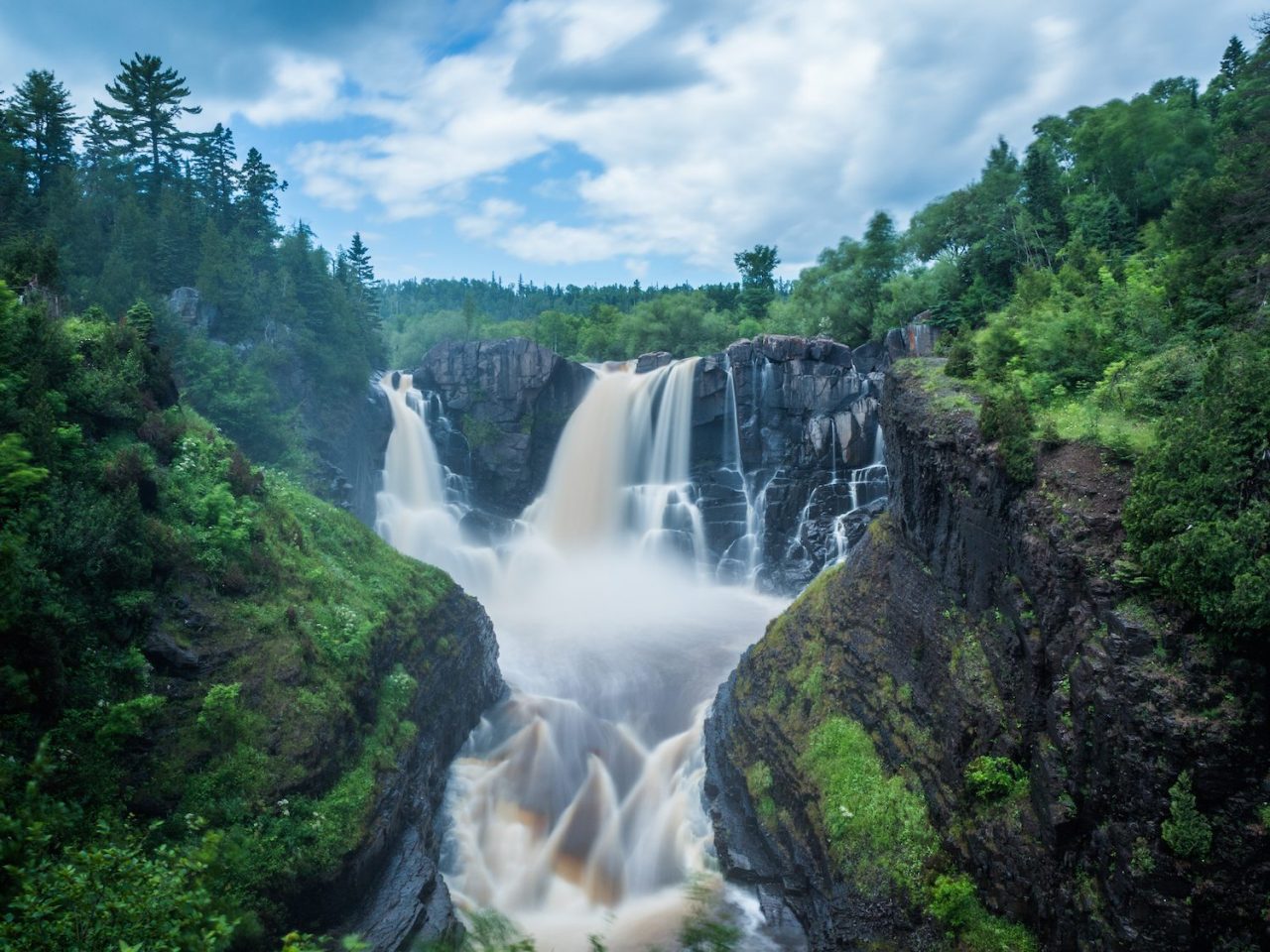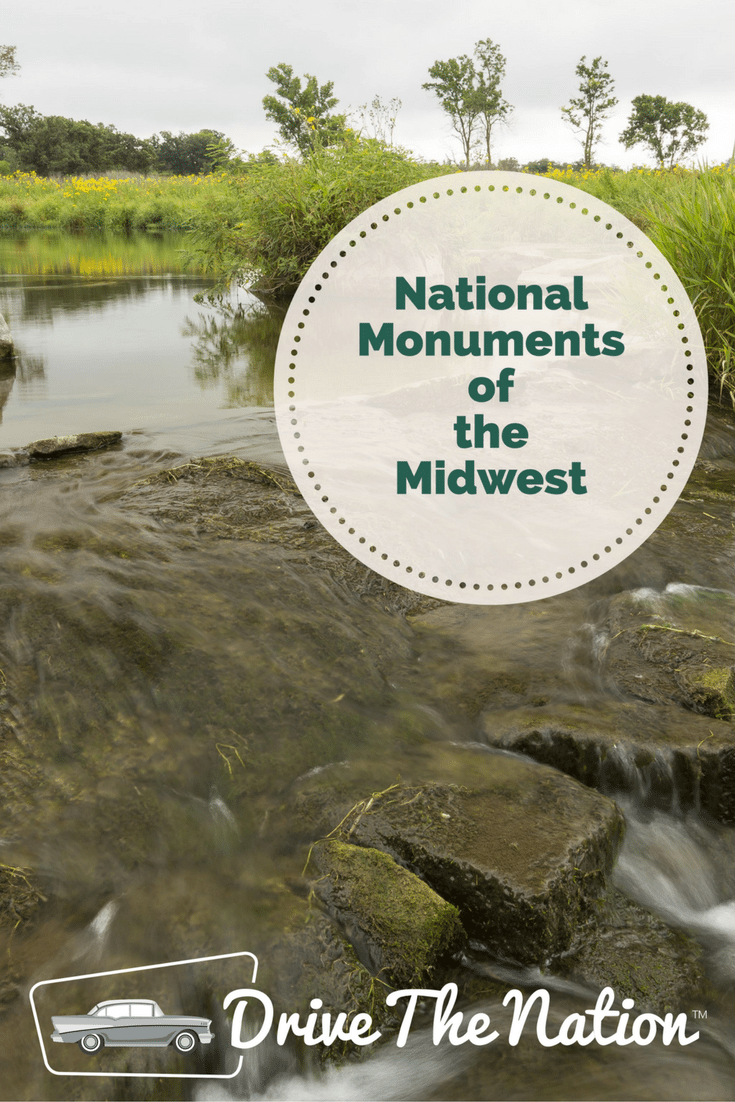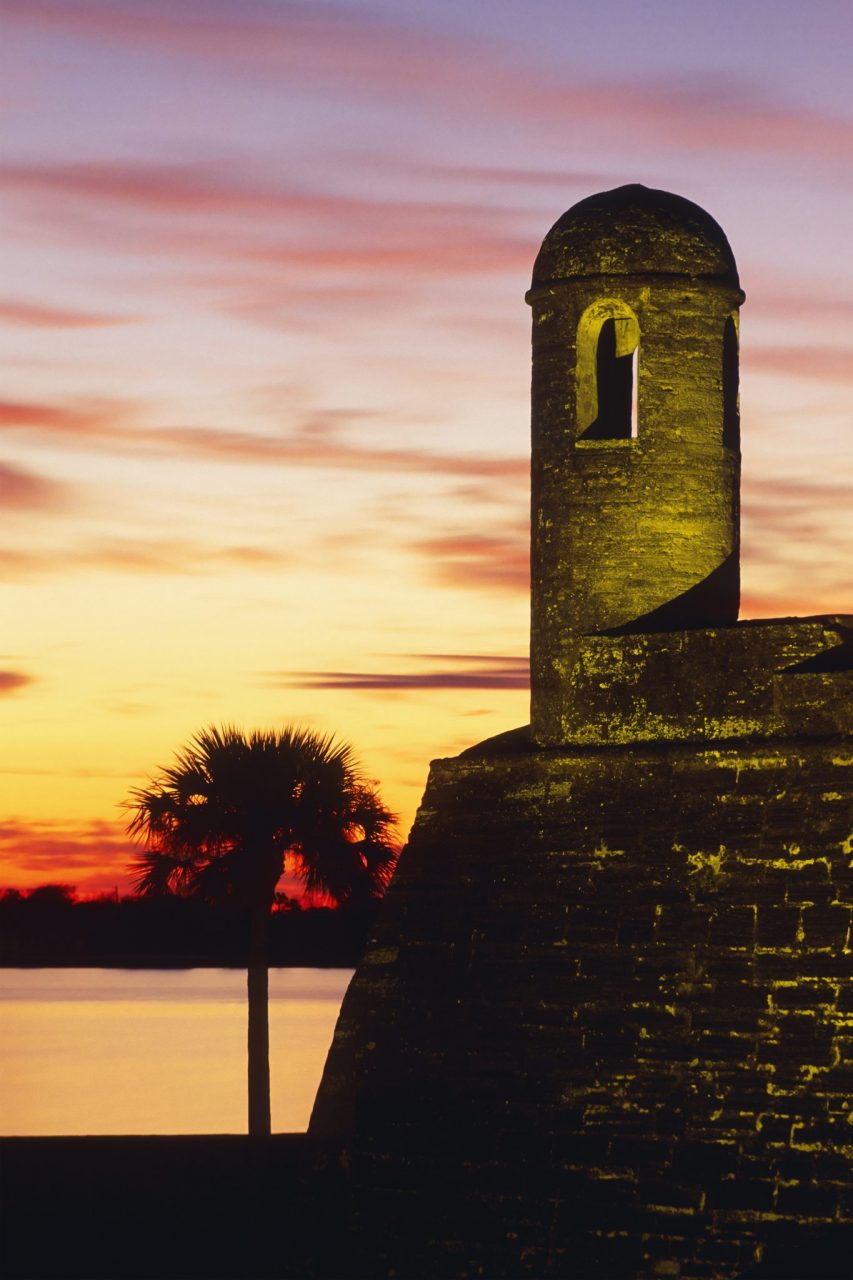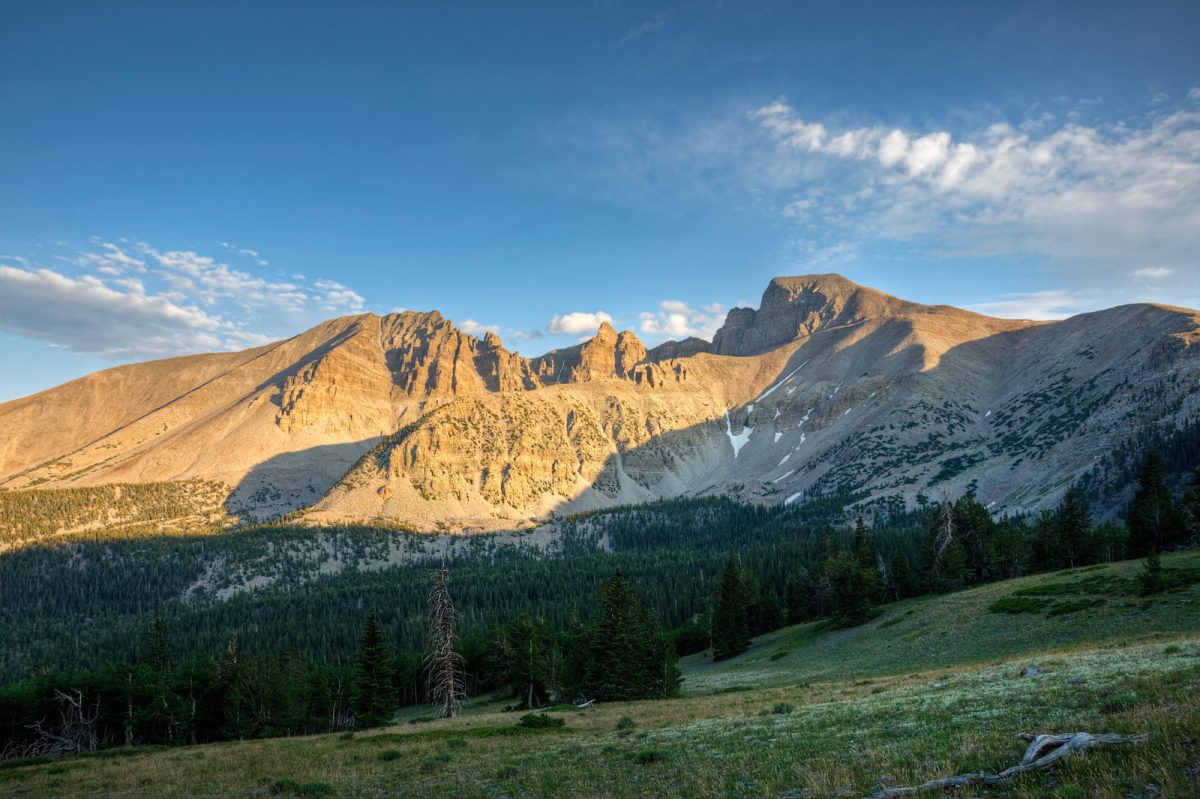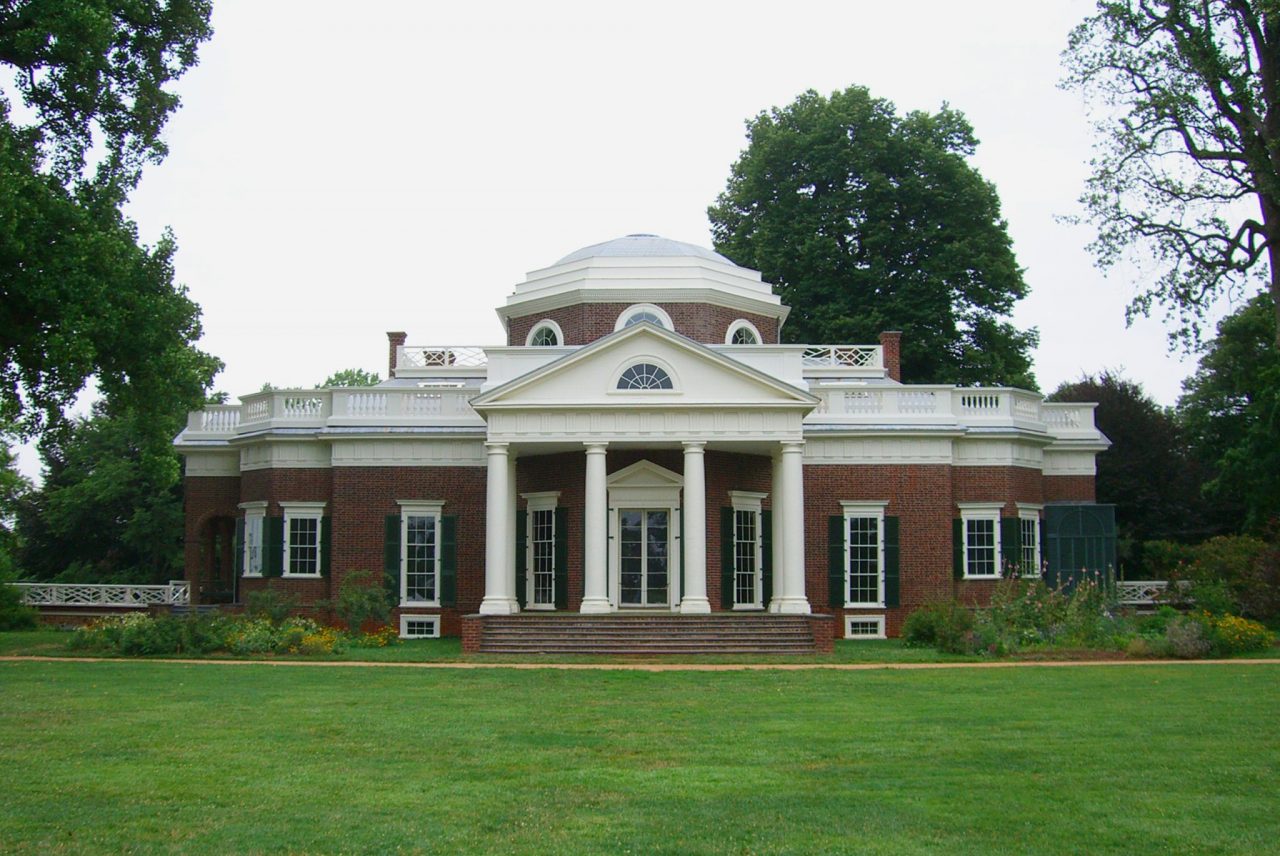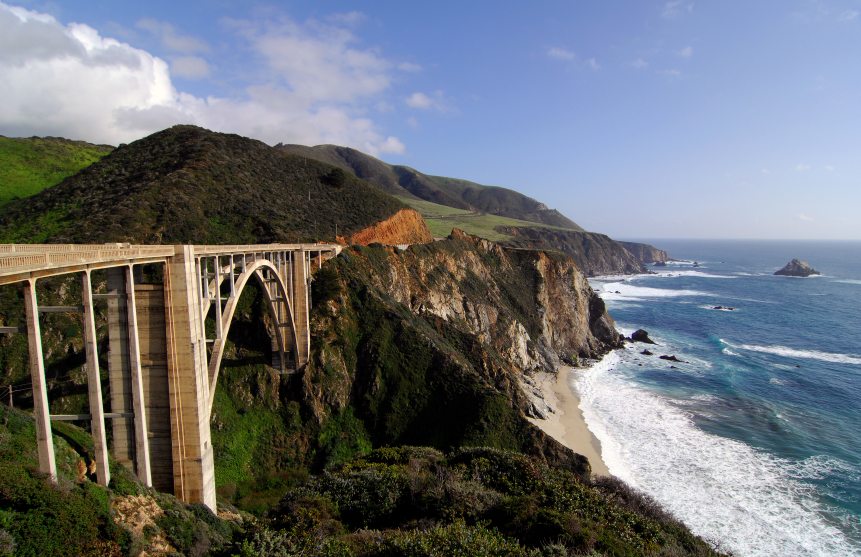There are 124 National Monuments throughout the United States. When you are traveling in the Midwest, there are some wonderful National Monuments to see. Remember that there are also National Historic Sites, Seashores, Rivers, Trails and more that are awaiting your visit, in the Midwestern states.
Illinois
First, the Pullman National Monument, in Chicago, is America’s first planned community, created for the Pullman Company, famous for its railroad cars. Start at the Pullman National Monument Visitor Information Center at Cottage Grove and 112th Street. The visitors’ center has a great collection of Pullman Company railroad car memorabilia, and an outstanding video. Park personnel can answer your questions and offer tips about what to see and do.
Also, plan to see The Pullman State Historic Site and the National A. Phillip Randolph Pullman Porter Museum. Learn about the desire to give workers a safe place to live, as well as the Pullman Strike of 1894. While there are no fees associated with Pullman National Monument, the park’s partner sites may have their own fees. Have lunch at the Pullman Café.
Iowa
Next, the Effigy Mounds National Monument, located at Harper’s Ferry, offers visitors a chance to see some amazing ancient sites, with over two hundred prehistoric mounds from the Late Woodland Period (300-1100 CE). There are 31 mounds shaped like birds and bears. The visitor’s center has many fine displays and a video about the people who lived here so long ago. The Monument has four types of mounds and four variations of burial styles used during the Woodland period.
The first type of mound, the conical, is a round and domed earthen compound used for burials. Linear mounds, the second style, are ceremonial, and can often be found connected to conical mounds to form a third style, compound mounds, which were used for burials. Although conical mounds are found throughout Woodland regions, linear and compound mounds are exclusive to the Effigy Mounds area. The fourth type of mounds, effigy mounds, were used for ceremonial purposes. The rangers are quite knowledgeable and will tell you the background.
Follow the Fire Point Trail, a two-mile round-trip walk. Within a two-mile hike around the Visitor Center, you can see the Great Bear Mound, one of the largest at 137 feet long. You will also enjoy the views of the scenery and the Mississippi River.
Minnesota
Furthermore, the Grand Portage National Monument, at Grand Portage, preserves a wonderful fur trading route and outpost. The Grand Portage is an 8 1/2-mile trail, linking the Pigeon River and the Canadian northwest to the shore of Lake Superior. This bypasses a series of waterfalls, including the High Falls, which block river traffic from the lake. The Grand Portage was a key link between northwestern Canada and the rest of the world. Here the North West Company built a large depot to serve its vast network of fur traders. It is also an Anishinaabeg Ojibwe heritage site.
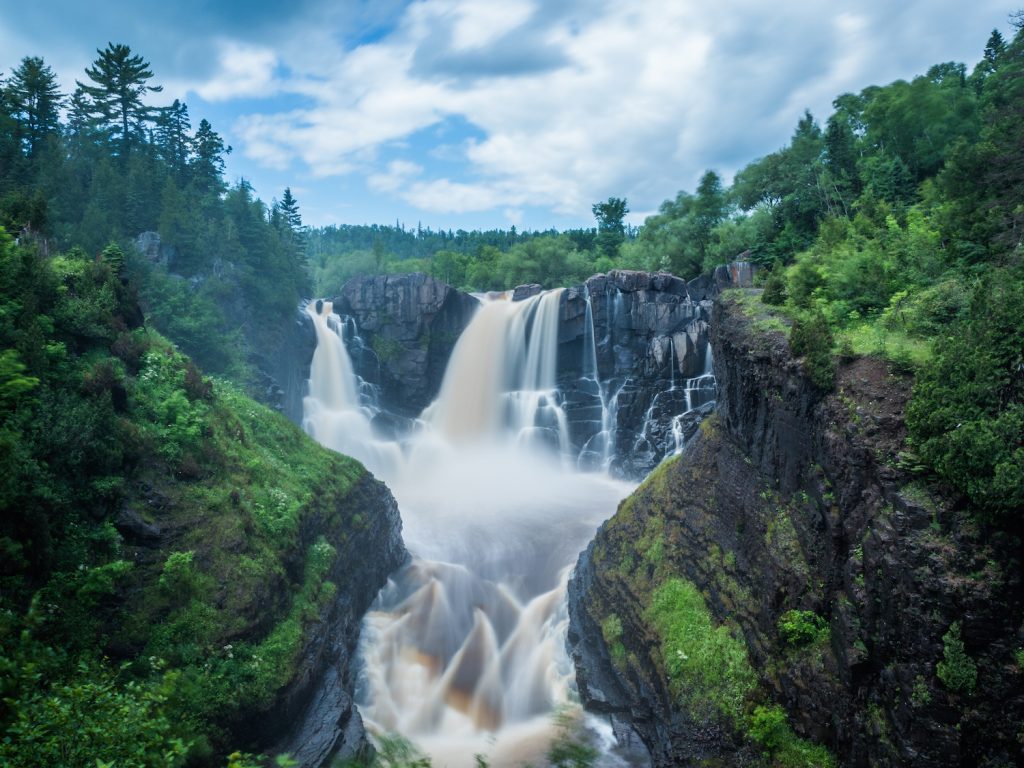
High Falls at Grand Portage
First, begin your visit at The Heritage Center, to see the displays about the Grand Portage community, and archeological artifacts. See the video and visit the bookstore. Then go to the Historic Depot’s log buildings: The Great Hall, Kitchen, and Canoe Warehouse. Then, see the outside areas, including the Ojibwe Village, Voyageur’s Encampment, Dock and Historic Gardens. Have a bit more time? Hike up Mount Rose for the views. Be sure to visit the High Falls, the visit is impressive and free.
Still in Minnesota
In addition, the Pipestone National Monument, in Pipestone, preserves the traditional quarries used to make ceremonial pipes, this was the preferred stone for ceremonial pipes for the Great Plains Indians – from Sioux to Crow, Blackfoot to Pawnee. The quarries, sacred to the Sioux and Lakota people, were designated neutral territory where enrolled citizens of all tribes can quarry the stone, to this day.
Designated a National Monument in 1937, Pipestone protects this sacred Native American land. As the interpretive sign says, “Carvers prized this durable yet relatively soft stone that ranged in color from mottled pink to brick red.” Many examples of these pipes are on display.
Finally, you will also greatly enjoy the hike on Circle Trail past the Winnewissa Falls and several historical markers.
Missouri
Also, George Washington Carver National Monument, near Diamond, preserves Moses Carver’s farm, which was the boyhood home of George Washington Carver, the famous scientist and educator who devised numerous uses for peanuts and other southern crops. This is the first national monument dedicated to an African-American and first to a non-president. See the 1881 Moses Carver homestead.
Boy Carver Statue by Robert Amendola, The Carver Trail is a mile-long, self-guiding loop through woodlands, across streams, and along a tallgrass prairie restoration area. The visitor center has information, a museum, interactive exhibits about history and science, classrooms for programs on Carver’s life, an observation deck, a film, and a bookstore.
Nebraska
Subsequently, the Homestead National Monument, Beatrice, was established in 1936 on the former homestead of Daniel Freeman, the person who is credited with filing the very first claim, under the Homestead Act. He filed it just minutes after midnight on January 1, 1863. The Homestead Act encouraged settlement across the mostly uninhabited parts of the nation, including the Great Plains.
As a result, people who built a home, planted crops and improved the land gained title to 160 acres after five years. The monument includes a beautiful and architecturally dramatic visitor center, a tract of tall-grass prairie, where you can walk in the tall grass prairie among the wildflowers and butterflies, and the Freeman School. On any given day you may find demonstrations on the ways of the pioneers, from butter churning, to cooking with a cast iron Dutch oven, to quilting. Have a meal at the Black Crow in Beatrice.
Also, visit the Scotts Bluff National Monument at Gering. Arguably Scotts Bluff is the iconic symbol of the westward migration on the Oregon and Mormon Trail. This collection of multiple bluffs on the south side of the North Platte River, is named for the prominent bluff, Scotts Bluff, which towers 830 feet above the plains. It is a dramatic drive to the top, and rewards with fabulous views.
Especially relevant, this monument is composed of five rock formations named Crown Rock, Dome Rock, Eagle Rock, Saddle Rock, and Sentinel Rock. The Visitor’s Center is a must-see; watch the short film. You can hike portions of the Oregon, California, Mormon and The Pony Express Trails. While in the area, have a famous burger at Union Bar and Grill.
Ohio
Next, is the Charles Young Buffalo Soldiers National Monument in Wilberforce. This is the National Parks Service’s 401st site. It preserves the memory of Charles Young, who was the first African American to reach the rank of colonel in the United States Army. Young was also a leader in the National Parks movement, serving as the first National Park superintendent of Sequoia and General Grant National Parks.
Young was also a professor at Wilberforce University. His home at Wilberforce is a museum commemorating his life of notable accomplishments. The house is not currently open to year-round visitation, but visitors are welcome to visit the park grounds and see the historical markers located near the roadway and on a boulder near the house. Visit the park website’s Guided Tours page to view a list of open house dates. Have a meal at Nick’s Restaurant in Xenia.
South Dakota
Last but not least, the Jewel Cave National Monument, Custer. Jewel Cave is the third longest cave in the world, with about 141 miles of mapped passageways. A hidden gem of the Black Hills, Jewel Cave was discovered in 1900. You will be impressed by the wide range of cave formations, many of them consisting of jewel-like calcite crystals.
Also, there are over 185 miles of known caverns, and that is only five percent of the total. There are more than 3500 miles of caverns yet to be explored. You can take the long tour which includes over 700 steps. Or take the Discovery tour of 20 minutes’ duration, with an elevator. Dine at the Sage Creek Grill. This National Monument is just two hours drive from Mt. Rushmore and one hour from Devil’s Tower.

